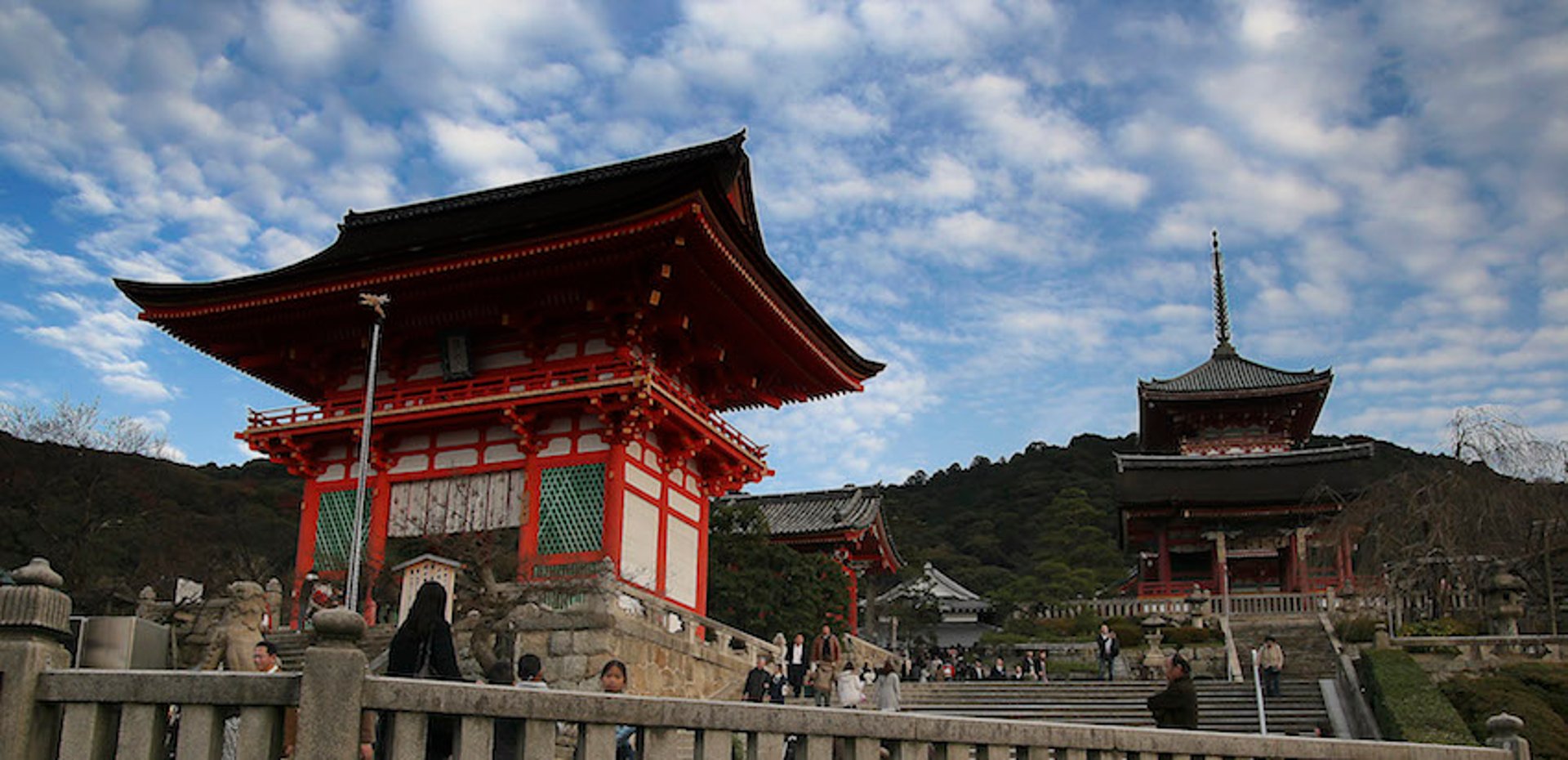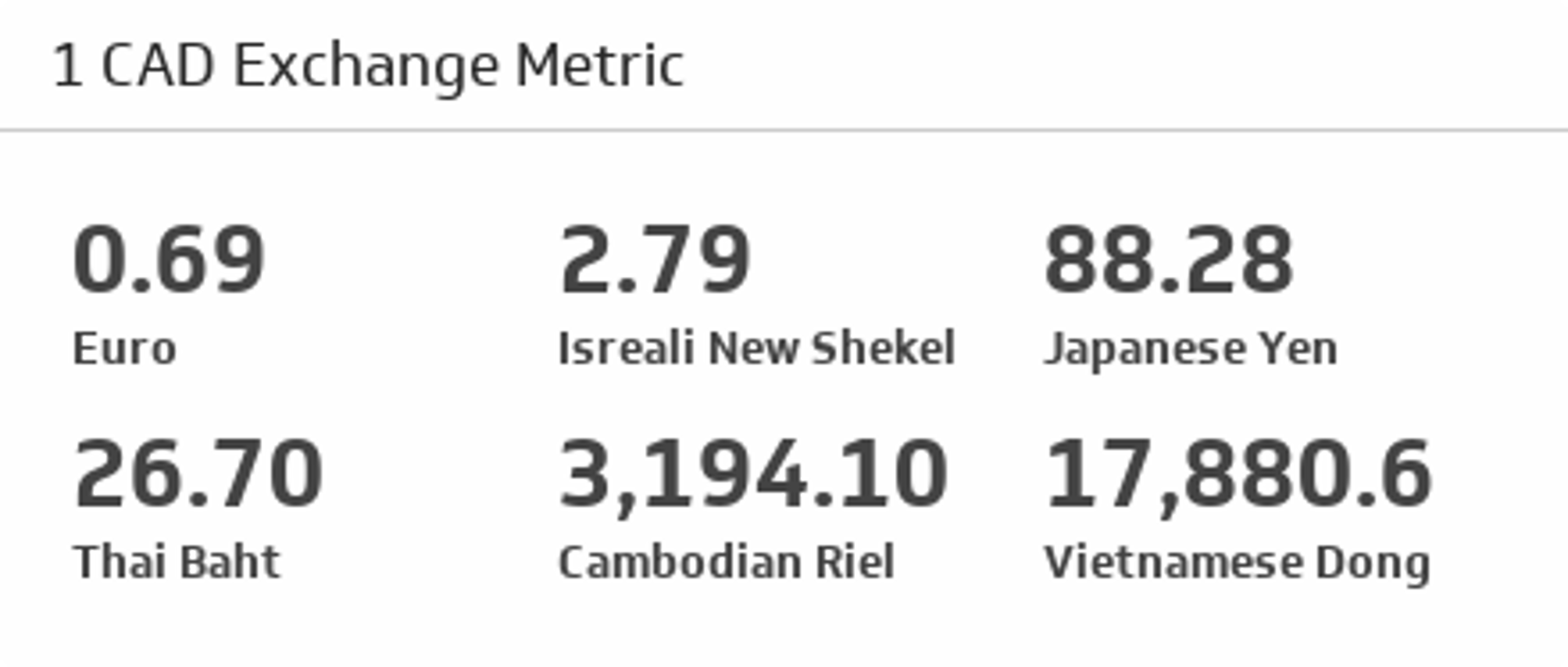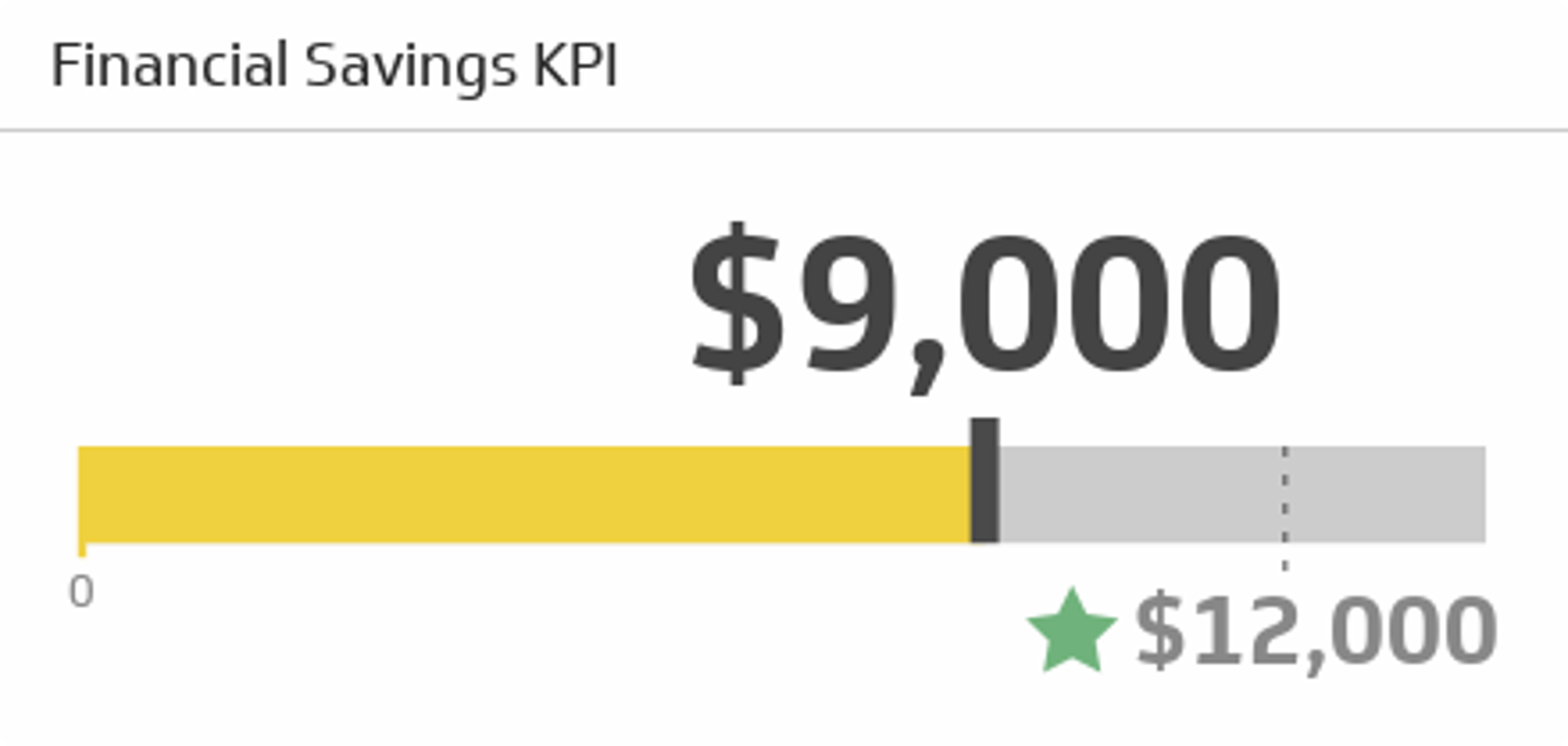How financial KPIs are helping me travel the globe for 6 months

Published 2023-03-21
Summary - Planning my trip has been a combination of what I’ve learned about financial KPIs and my desire to see as much of the world as I can. Here's how I'm doing it.
In less than 4 weeks I’ll be packing up my things, jumping on a plane and starting my 6-month trip exploring Eastern Europe and Asia with my partner.
Saying it like this makes it seem like a simple process.
But as my departure time quickly approaches, I’d be lying if I said I felt totally prepared. Instead of using a travel agent, my partner and I have decided to rely on the internet and the experiences of our family and friends who have had similar journeys.
If you’ve been following our blog or are a part of the business world, you’ve likely heard a lot of talk about key performance indicators (KPIs). KPI’s are all about monitoring your performance against objectives.
But objectives aren’t limited to the workplace. Many people find motivation through personal goals as well. For me, planning this trip has been a combination of what I’ve learned about financial KPIs and my desire to see as much of the world as I can.
As a part of our Mindful Metrics Blog series humanizing KPIs, the following blog post will tell you how focusing on particular financial KPIs are making it possible for me to spend 6 months travelling the globe.
World Map Metric
The World Map Metric is typically used to track customer demographics, but I’ve chosen to use it to break down the places I want to go.
This is the starting point for establishing my financial travel KPIs because every country is different when it comes to travel style and cost. My travel style is backpacking, so we chose the countries we did through a combination of curiosity, backpacker accommodations, and overall affordability.
I’ve been using the website Tripline to track this metric because it allows me to plot out the route of my trip.
The distance between one location to another is important for understanding many factors, from transportation and efficiency (which I’ll expand on a little later), to border security. For example, the Canadian government has a travel advisory for people crossing between the Thailand and Cambodia borders, and this advisory impacts the route of my trip.
Monitoring the World Map Metric allows me to change our route accordingly without losing out on some of the things we are most looking forward to.
Currency Exchange Metric

The currency exchange metric looks at the Canadian Dollar against the currency of the places I will be visiting.
Some of the currencies I'll be using on this trip include the Shekel, Euro, Japanese Yen, Thai Baht, Cambodian Riel and Vietnamese Dong, to name a few.
With all of these different currencies, it’s important that I understand the value of my dollar everywhere I go. Looking at this metric saves me time Googling conversions over and over again while I plan my budget. When looking at this metric, it’s important to keep in mind that even when things appear inexpensive, there’s a risk of mistakenly overspending.
This particularly applies to countries in Southeast Asia we will be visiting. For example, 1 CAD is equal to 17,880.6 Vietnamese Dong. With an exchange rate like that, it’s easy to see how spending more than you normally would can get out of hand. This is why it’s so important to have a budget.
Financial Savings KPI

My financial savings KPI monitors how much money I’ve saved to date against my goal. I came up with my goal based on the research I did for my World Map Metric. If you’re in the business mindset, compare planning an adventure like mine to sending a colleague to a conference or business trip.
These types of trips can really pay off, but they are only possible if they work within your budget and if your goals going into them are clear and organized.
The same goes for my financial savings KPI for this trip: I had to balance out how much of what I earned could go towards my budget for this trip without taking away from what I needed right now to live day to day (and while ensuring that I don’t come home flat broke).
The financial savings KPI can be further broken down into the Activities and Excursions KPI and the Travel and Accommodation KPI.
Activities and Excursions Expenses KPI
Deciding on my activities and excursions went hand-in-hand with choosing where I wanted to go, but this KPI comes after Financial Savings because I needed to know where my aspirations fit within my budget. I chose a lot of places for the experiences they offered, but these important aspects of the trip do not come without a cost.
As a backpacker, free is always better—but there are definitely experiences worth paying for.
The activities and excursions KPI looks at these expenses against the portion of my budget I’ve allocated for them.
Just like expenses in business can’t be looked at in one big clump to cut costs, neither can financial travel KPIs. One of the ways I’ll be cutting this cost is by shopping around for the best prices when I’m there. Tourism is a huge industry for many of the countries I’m visiting, and nothing is better for business than competition.
I’ve made this budget relatively smaller than the others so I spend within my means and get the best prices possible.
Travel and Accommodation Expenses KPI
My Travel and Accommodation KPI is set up the same as the Activities and Excursions KPI, except for it includes travel costs and living expenses as opposed to activities. This KPI is all about looking at efficiency, quality and cost.
Do I want to fly, bus or train? Should I stay in a hostel, AirBnB or hotel? While I won’t be booking anything until a day or so before my arrival in each place, this KPI is important to understand what fits into my allocated budget.
In terms of efficiency, referring back to my World Map Metric tells me which places sync up for the most efficient path and which accommodations are the most central for the activities I will be doing.
Quality however, which has a huge impact on the cost of travel and accommodations, is determined by my research and judgement. If a good night’s sleep is as important to you as it is me, consider adding a little extra to this financial budget kpi so you can splurge for that air conditioning every once in awhile.
It's good to set objectives, even better to have alternatives
Just as no business can operate without those unexpected bumps in the road, neither can any trip.
As important as it is for me to monitor these KPIs and set my budgets, no financial plan is complete without a backup. For every activity and accommodation we choose, I always choose two alternatives.
It’s unlikely that my route will be exactly as planned, or that all of my top hostels will be available, but as long as I know my financial KPIs, I'll have a safety net.
Lead image: Kinkaku-ji garden complex / Alvin Leong
Related Articles

17 KPIs Every Data-Driven Manager Needs to Lead Their Team
By Danielle Poleski — October 14th, 2025
7 ways to present KPIs that your management team will love
By Danielle Poleski — September 25th, 2025
12 Important Sales Enablement Metrics You Shouldn't Miss
By Grace Lau — September 19th, 2025

